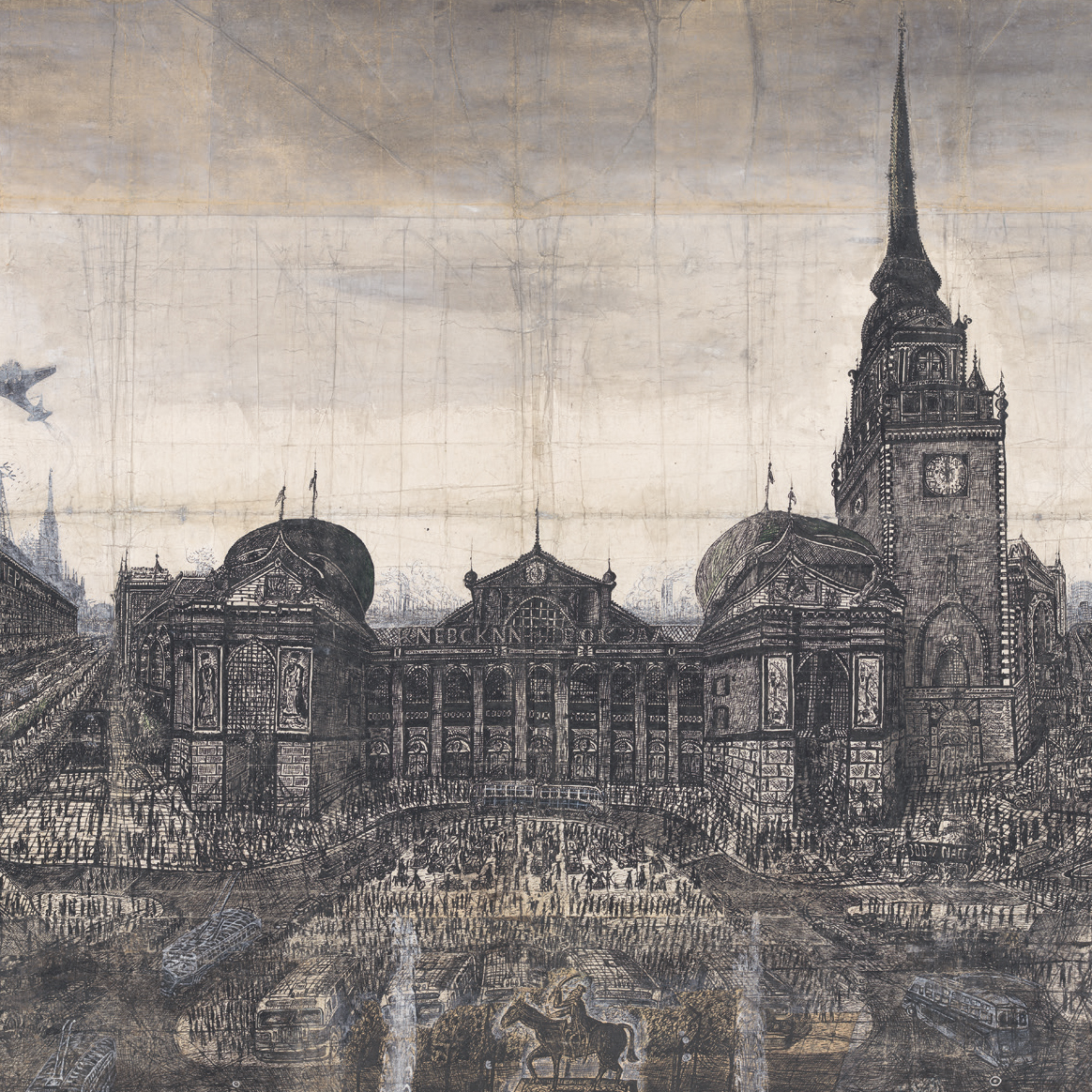‘Confusingly Unique’:
A Labelling History of Willem van Genk
DOI:
https://doi.org/10.52476/trb.19306Abstract
Given the reception of his work, transfer of the custody of the drawing Moscow (c. 1955) by Willem van Genk (1927-2005) to the Rijksmuseum is more remarkable than it might seem. A ‘labelling history’ shows that the man and his work were volleyed back and forth between the categories of psychiatric art, hobbyist art, naive art, art brut and outsider art – this, even though the artist himself would most likely have preferred to be recognized simply as ‘an artist’. The Rijksmuseum finally succeeded in doing so (albeit perhaps unwittingly). At the same time, Van Genk’s ‘case history’ reveals aspects of recent Dutch art history that have long been overlooked, such as the remarkable enthusiasm for naive art in the late nineteen-sixties. It also highlights some of the problems that can arise from our urge to categorize and label, both within and outside art history.
Downloads







